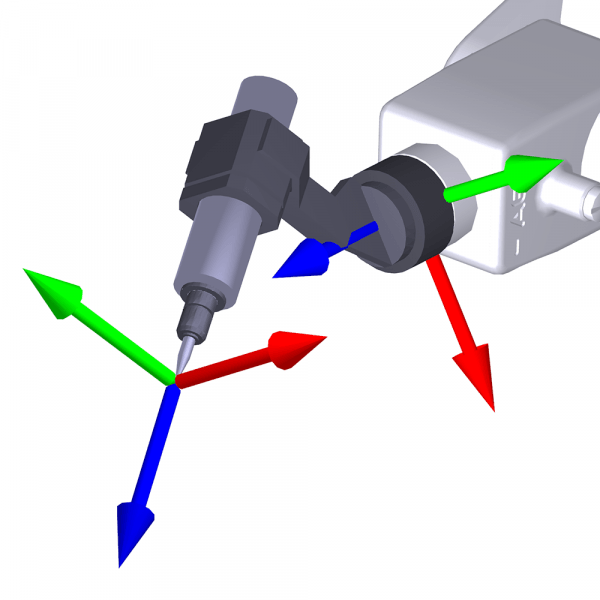Not an expert, but if you search the forum for "euler angles" you'll find a bunch of relevant information.
Thread
Filezilla to connect to R30i B
I tried to connect to R30i B with Filezilla 3.7.3 on windows 7 64bit.
I saw that it connected to the Fanuc, but then got a some red lines that said that the folder structure could not be read.
So I could not see anything in the robot.
What could be wrong?
I connected with IP adres and default port 21. I connected anonymous once, and also once with the login an password : same result.
If it should work, in what folder should I be : MD?
I saw that it connected to the Fanuc, but then got a some red lines that said that the folder structure could not be read.
So I could not see anything in the robot.
What could be wrong?
I connected with IP adres and default port 21. I connected anonymous once, and also once with the login an password : same result.
If it should work, in what folder should I be : MD?








